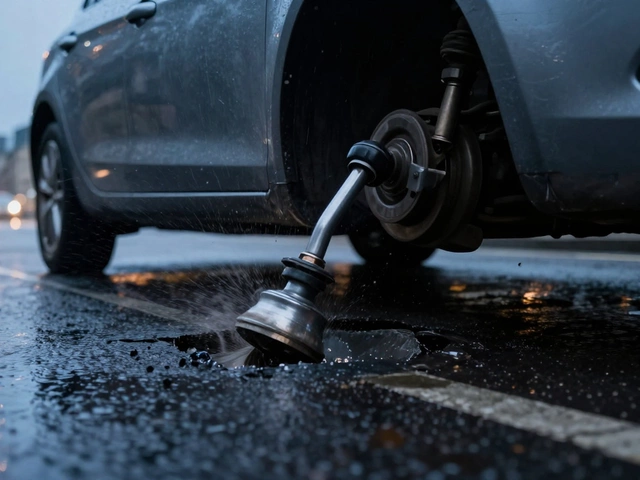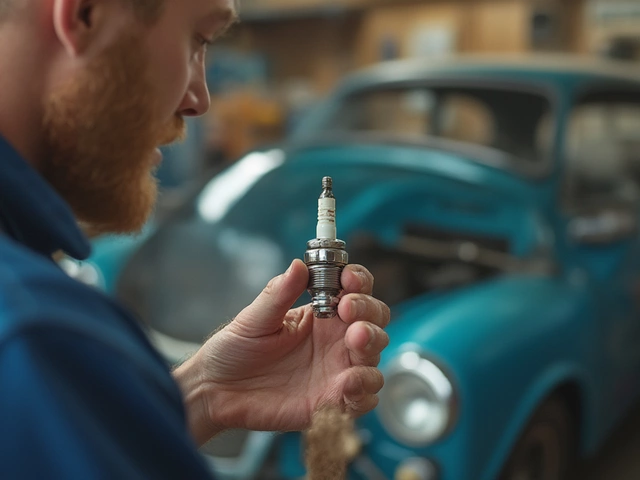Overheating Car Problems – What to Know and How to Fix Them
If your temperature gauge creeps up or steam starts pouring out, you’re probably dealing with an overheating issue. It’s a pain, but you don’t have to panic. In most cases you can spot the problem early and take simple steps before the engine gets serious damage.
Why Your Engine Overheats
The cooling system’s job is to keep the engine at the right temperature. When anything in that loop goes wrong, heat builds up fast. The most common culprits are low coolant, a broken thermostat, a stuck fan, or a clogged radiator. Leaks in hoses or a cracked radiator can let coolant escape, and without enough fluid the heat can’t be moved away.
Another frequent cause is a failing water pump. The pump pushes coolant through the engine and radiator; if it slips, the flow drops and the engine runs hotter. On hot days or heavy traffic, the system works harder, so a small fault can quickly turn into a full‑blown overheating event.
Quick Checks and DIY Fixes
First thing – pull over safely, turn off the engine, and let it cool for at least ten minutes. Opening the radiator cap while it’s hot can cause burns, so wait.
Next, check the coolant level. The reservoir usually has “Full” and “Low” marks. If the level is low, top it up with the correct mix of coolant and water. If you notice a dark or rusty color, you might have a leak and should get it checked by a professional.
Look for obvious leaks around hoses, the radiator, and the water pump. A wet spot or a steady drip means you need a repair. Tightening a loose hose clamp can sometimes stop a small leak.
While the engine is still off, listen for the cooling fan. When you start the car, the fan should kick in after the engine warms a bit. If it stays silent, the fan motor, relay, or temperature sensor could be at fault. This is usually a job for a mechanic, but you can check the fuse first.
If the thermostat is stuck closed, the coolant can’t flow. You’ll notice the temperature gauge climbing quickly after a short drive. Replacing a thermostat is a moderate DIY job if you’re comfortable removing the thermostat housing and using a basic set of tools.
Finally, keep the radiator clean. Dirt, leaves, and bugs can block airflow. A gentle pressure‑wash on a cold engine can clear most debris. Just avoid using a high‑pressure spray directly on the radiator core.
When in doubt, call Northwich Tyres Centre. Our team can diagnose cooling issues, replace faulty parts, and top up coolant with the right mix. A quick service now can save you a pricey engine rebuild later.
Remember, the best way to avoid overheating is regular maintenance. Check coolant levels every month, replace the coolant according to the manufacturer’s schedule, and have the cooling system flushed every two years. With these habits, you’ll keep your car running cool and avoid those stressful steam moments.
 22 June 2025
22 June 2025
How Often Do Car Radiators Need Replacement?
Wondering when you should replace your car radiator? This article explains the real lifespan of car radiators, the things that wear them out, and how to spot problems before they turn serious. Get straight answers, practical maintenance tips, and learn why some radiators last a decade while others fail fast. You'll pick up signs that hint at bigger issues and ways to make your radiator last longer. Save your car (and money) from surprise breakdowns.
 11 December 2024
11 December 2024
Dealing with a Damaged Radiator: What You Need to Know Before Hitting the Road
Driving with a faulty radiator can lead to severe car damage and dangerous situations on the road. This article explains why radiators are vital for vehicle performance, the risks of driving with a compromised radiator, and early signs of radiator problems. Additionally, it offers tips on preventive maintenance and guidance on what to do if faced with radiator issues.






0